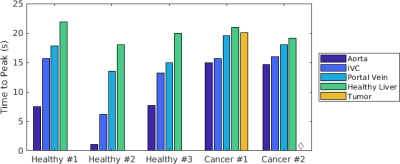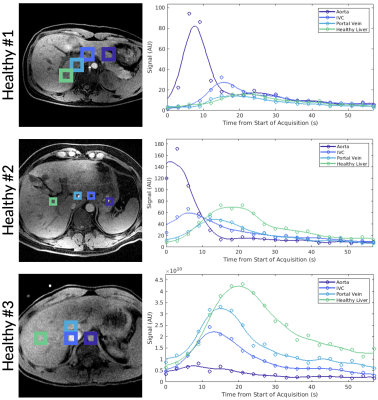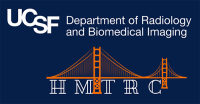Philip Meng-en Lee1, Jeremy W Gordon1, Zhen J Wang1, Zihan Zhu1, Hsin-Yu Chen1, Pamela N Munster2, Rahul Aggarwal2, Daniel B Vigneron1, and Michael A Ohliger1
1Department of Radiology & Biomedical Imaging, University of California, San Francisco, San Francisco, CA, United States, 2Department of Medicine, University of California, San Francisco, San Francisco, CA, United States
1Department of Radiology & Biomedical Imaging, University of California, San Francisco, San Francisco, CA, United States, 2Department of Medicine, University of California, San Francisco, San Francisco, CA, United States
Liver imaging with hyperpolarized 13C MRI is technically feasible with temporal resolution sufficient to detect distinct arterial and portal venous blood supplies. Understanding vascular dynamics in the liver will be crucial for timing and modelling of metabolic hyperpolarized signals.


